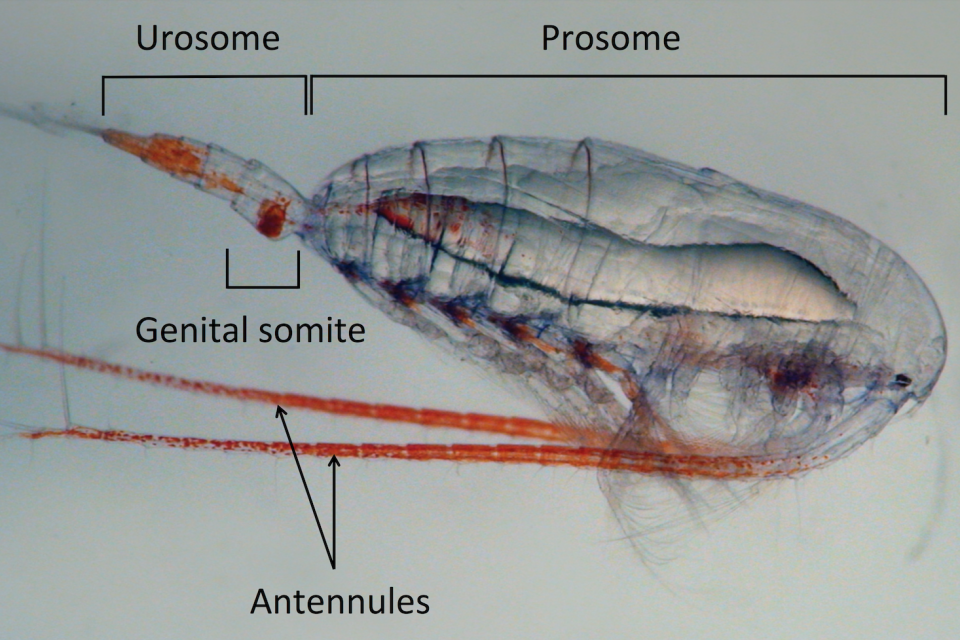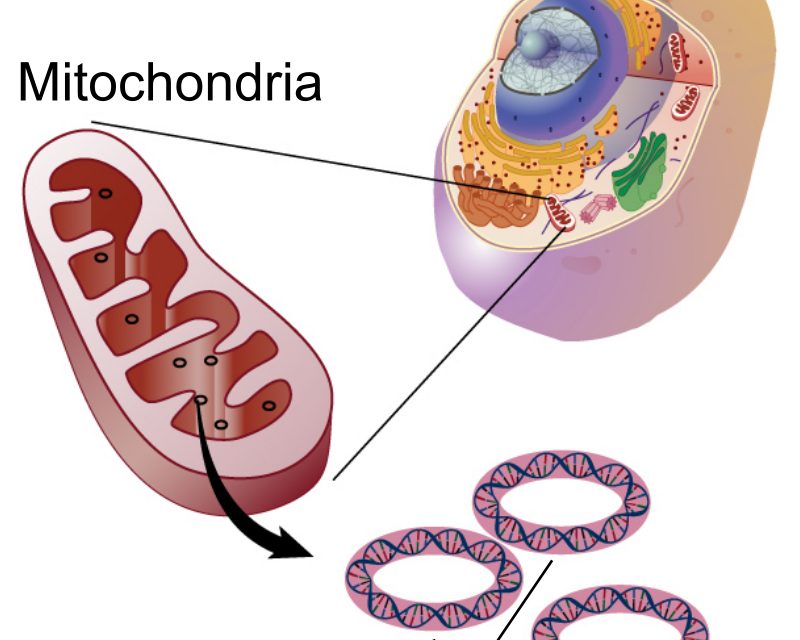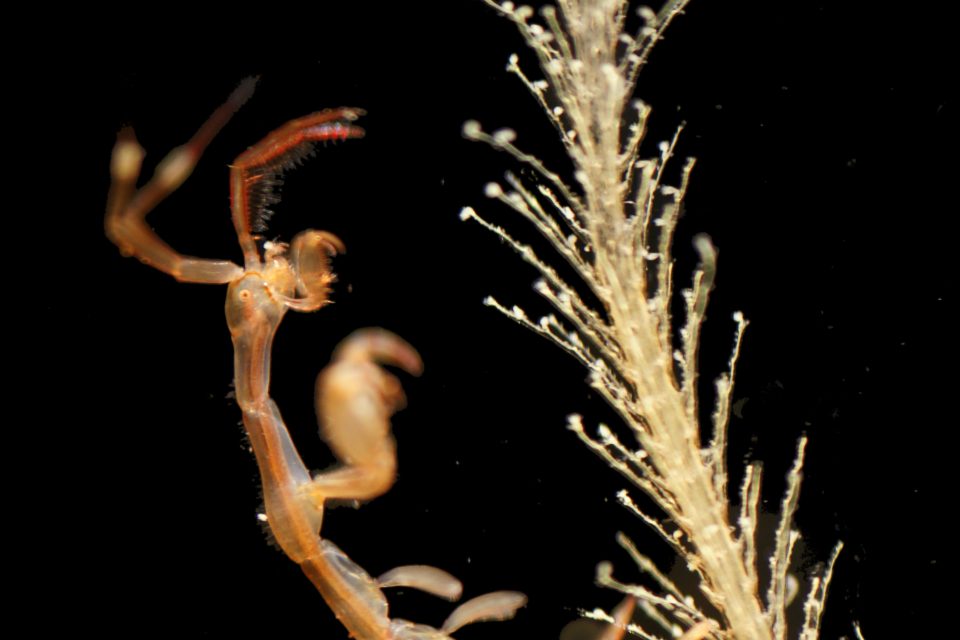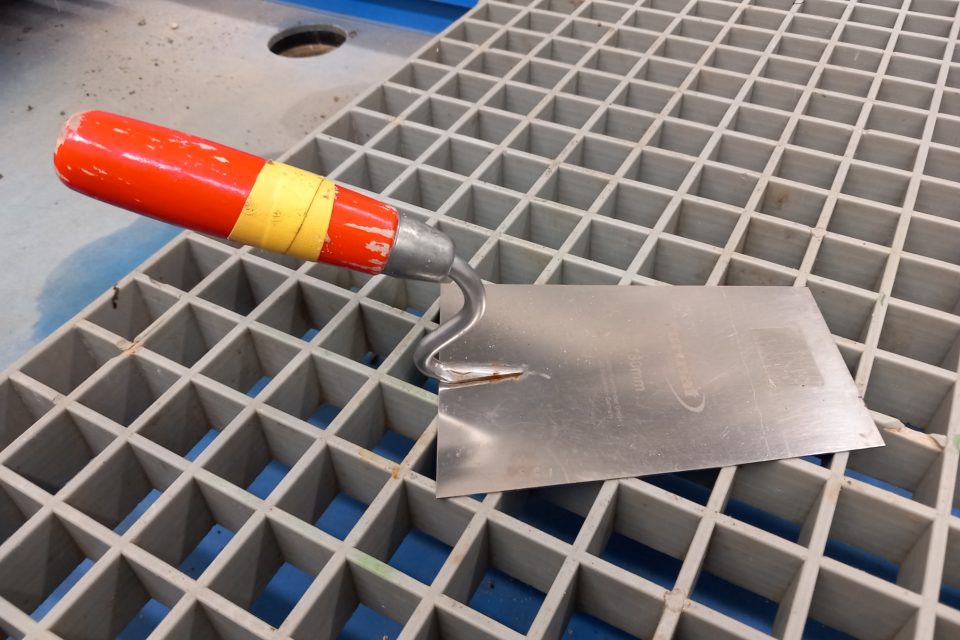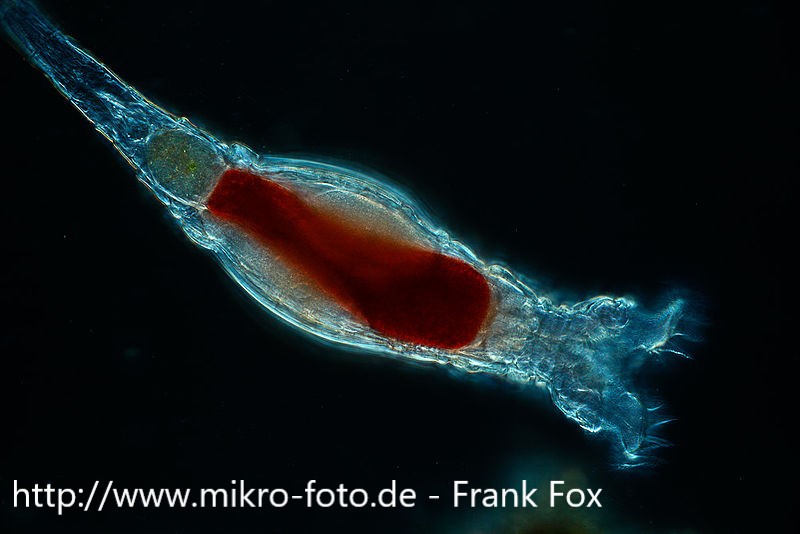
Door 6: Biodiversity, Conservation, and Sticking Up For The Little Guy
For this year’s Advent Calendar, we’ve decided to theme ourselves around climate change and conservation. For my first blog entry, I’ve decided to write more of a background about the general need for marine biodiversity conservation, and some opinions on who should care, and why. I will then […]

